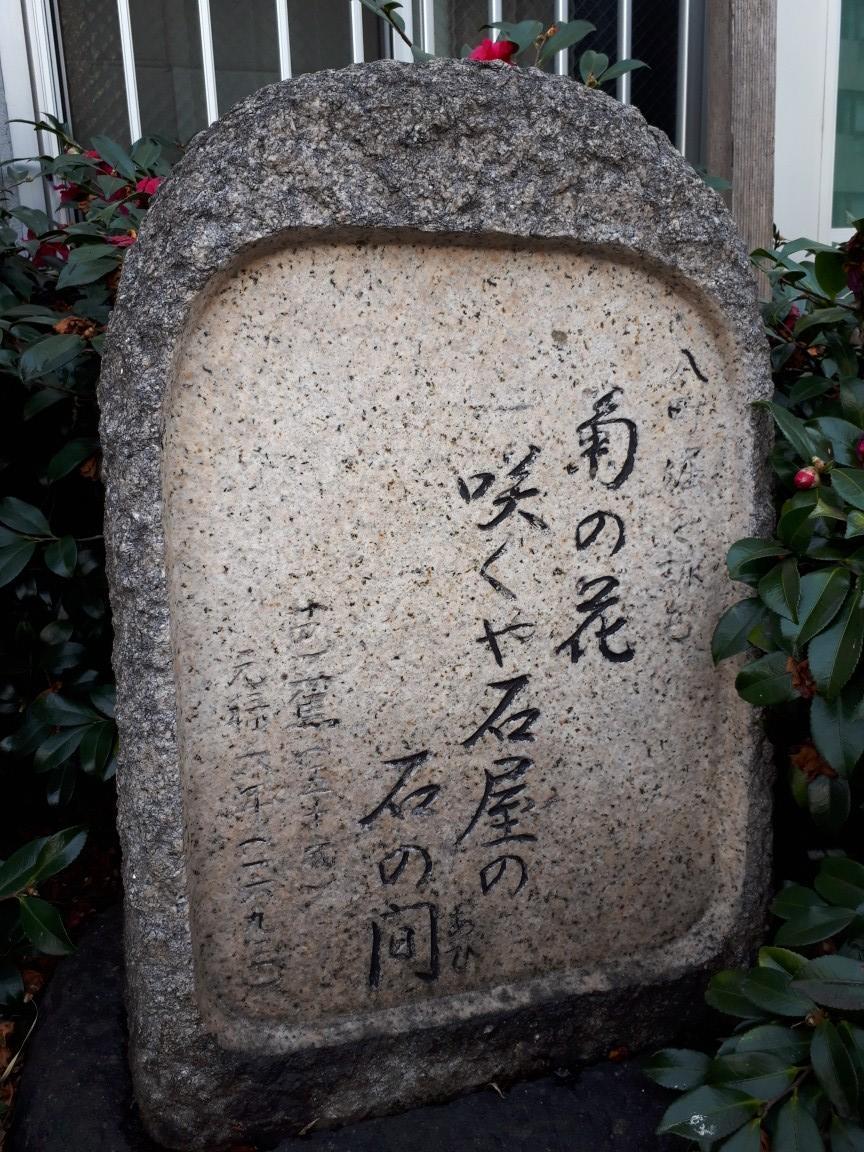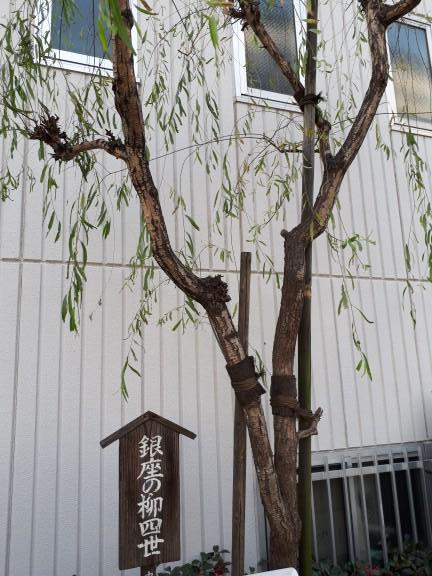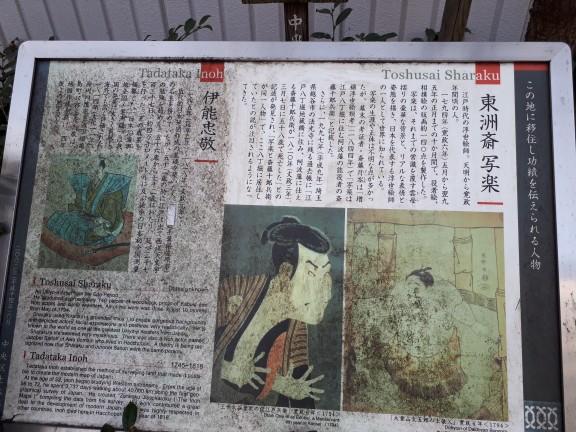Every year, on February 11, the first day festival of Junko Inari Shrine is held at the base of Shin-Kameshima Bridge. Today was a very cold day with snow flickering, but the children were gathering. I was interested because it was rare for the name of the shrine. I thought it would be nice to be a guardian deity of Junko nationwide.
The following is a description of "Junko Inari Shrine". The source is an excerpt from "Oyuo" located at the shrine.
Your seat: The year of Genbun (1737) Remark: Fushimi Inari Taisha Shrine Name: Junko Oga
Engi: "Junko Inari Shrine inherits the auspiciousness of Chiyoda Inari Shrine, which was founded by Michio Ota in the first year of Choroku (1457) when he built Chiyoda Castle (Takebashi Kitanomaru-later Edo Castle) in Kitanomaru, Kyoto, as a guardian angel.
Chiyoda Inari Shrine was relocated to Momijiyama in Edo Castle (now Imperial Palace) after Ieyasu Tokugawa entered Edo Castle in Tensho 18 (1590), and prior to the opening of Edo shogunate in Keicho 8 (1603), the year before the opening of retainer Toshima (1602) and the expansion of the castle grounds in Toshima-gun. It is reported that even after the transfer to the outside of the castle, the prestigious religious service was held as the guardian deity of the Shogunate and as Chiyoda Inari Shrine praying for the security of Edo.
Later, in 1721, with the respect of Tokugawa Yatsushiro Shogun Yoshimune, Chiyoda Inari Shrine was relocated to Nihonbashikodenmacho (currently Kodemmacho 2-chome) as a god of guardian castles and protection of the common people. .
After that, in honor of the fact that Chiyoda Inari Shrine was relocated to the castle, the town magistrate's mansion and the townspeople proposed the construction of the Inari Shrine at the current location (Kamejima / Kitajima-cho = current Kayabacho 2.3-chome) to the current location (Kamejima / Kitajima-cho = current Kayabacho 2.3-chome) and the religious service Shrine ofdeity.
The history of your name: "The name of the shrine is not the name of the town magistrate, but the name of the shrine is not the name of the town magistrate, the name of the town, the name of the town, the name of the town, and the name of the town, Junko Kamei Shikibu Shosuke (the clan residence, current Kabuto-cho, Sakamotocho Park), who is the chief ofDaimyojinguardian angel.
![20190211_105934[1]. jpg](https://en.tokuhain.chuo-kanko.or.jp/archive/2019/02/11/20190211_105934%5B1%5D.jpg)
![20190211_105956[1]. jpg](https://en.tokuhain.chuo-kanko.or.jp/archive/2019/02/11/20190211_105956%5B1%5D.jpg)
![20190211_105918[1]. jpg](https://en.tokuhain.chuo-kanko.or.jp/archive/2019/02/11/20190211_105918%5B1%5D.jpg)



![20190211_105934[1]. jpg](https://en.tokuhain.chuo-kanko.or.jp/archive/2019/02/11/20190211_105934%5B1%5D.jpg)
![20190211_105956[1]. jpg](https://en.tokuhain.chuo-kanko.or.jp/archive/2019/02/11/20190211_105956%5B1%5D.jpg)
![20190211_105918[1]. jpg](https://en.tokuhain.chuo-kanko.or.jp/archive/2019/02/11/20190211_105918%5B1%5D.jpg)

